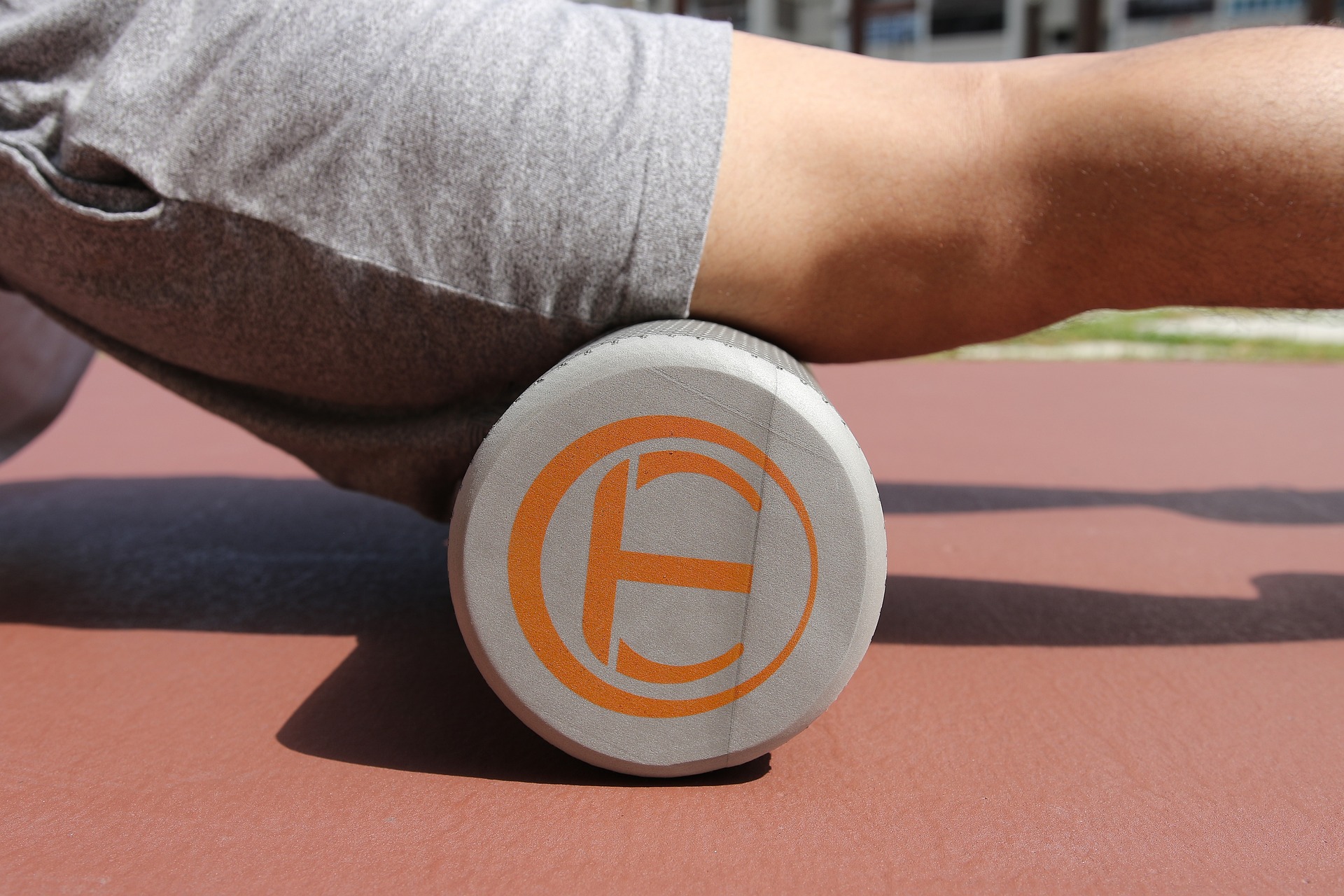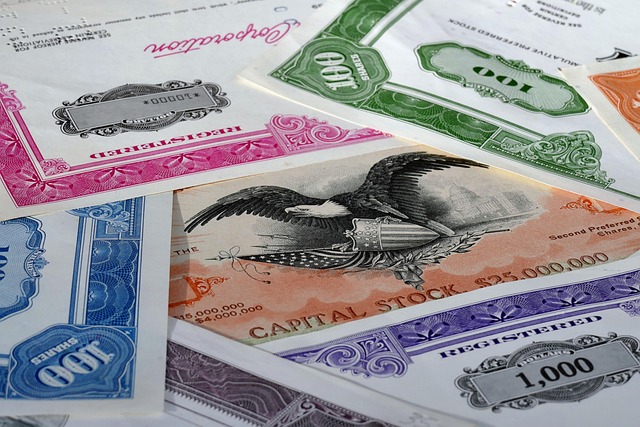Embracing the Unexpected: The Rise of Unconventional Materials in Fashion
Fashion is a chameleon, ever-changing, and always surprising. One trend that has recently taken the industry by storm is the use of unconventional materials in clothing design. From coffee grounds to ocean waste, this trend is a testament to the endless creativity and innovation in the fashion world.

Unveiling the Trend: A Historical Overview
The use of unconventional materials in fashion isn’t entirely new. In the 1960s, Paco Rabanne famously designed dresses made of plastic discs, while Hussein Chalayan once created a dress from LED lights. However, the past decade has seen a resurgence of this trend, where designers are pushing the limits of what can be used to create clothing.
The Appeal: Why Unconventional Materials?
Unconventional materials offer a refreshing departure from traditional fabrics. They challenge norms, provoke thought, and make fashion even more of an art form. Beyond the artistic appeal, these materials also open up discussions about sustainability, consumption, and waste, reflecting the wider societal concerns.
The Influence: How Designers are Embracing the Trend
Designers across the globe are experimenting with non-traditional materials. For instance, Dutch designer Aniela Hoitink created a dress made entirely of mycelium, the vegetative part of a fungus. Similarly, Studio Swine transformed ocean plastic into a collection of wearable items, while Italian brand Orange Fiber used citrus peel to create a silk-like fabric.
The Impact: Consumer Behavior Shift
This trend has undeniably influenced consumer behavior. Shoppers are becoming more adventurous, willing to invest in pieces that are unique and conversation-starting. Furthermore, the sustainability aspect of this trend resonates with environmentally conscious consumers.
Key Trends and Styling Tips
- Transparency: Transparent materials like PVC and latex have been popular in recent years. These materials can be styled in numerous ways - wear a PVC trench coat for a futuristic edge or pair latex pants with a soft knit for a textural contrast.
- Faux Fur and Leather: With the rise of vegan fashion, faux fur and leather have gained popularity. Look for high-quality pieces that mimic the real thing, and pair them with classic staples for a balanced look.
- Repurposed Materials: Look for brands that are creatively reusing materials. This could be anything from repurposed denim to recycled plastic bottles.
- Technical Fabrics: Fabrics like neoprene and nylon, typically used in sportswear, are making their way into everyday fashion. Try a neoprene skirt or a nylon tote for a sporty chic vibe.
Wrapping Up
The use of unconventional materials in fashion is more than just a fleeting trend. It’s a reflection of our times, a response to the environmental crisis, and a testament to the endless creativity in the fashion industry. As consumers, embracing this trend means not only making a unique fashion statement but also contributing to a more sustainable fashion future.




